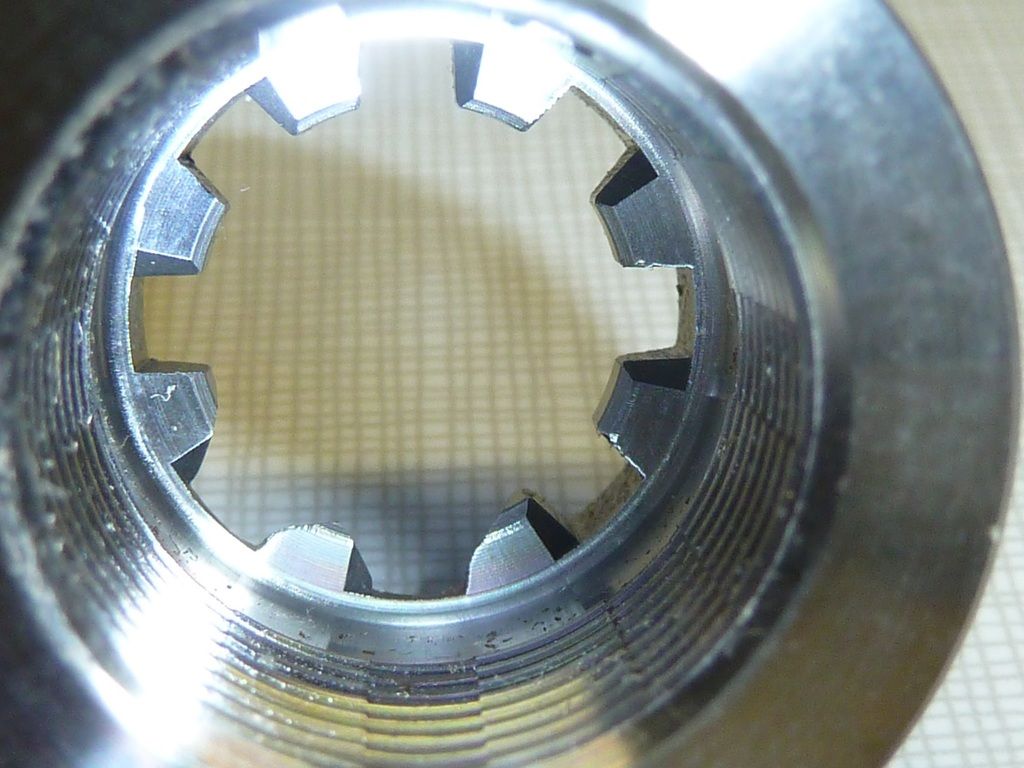CAUTION: The following post includes loading data beyond or not covered by currently published maximums for this cartridge. USE AT YOUR OWN RISK. Neither the writer, The Firing Line, nor the staff of TFL assume any liability for any damage or injury resulting from use of this information.
Over the past 2 years I have been running a test to determine the case life for LC brass fired in Ar15 rifles. I wanted to know when and how the cases would fail.
This isn't an endorsement to load brass beyond what you normally do. It was for my benefit, but I wanted to share the results.
Bottom line, 19 of the 20 cases involved in the test failed due to cracks/splits developing in the root of the gouges created when the fired case was being extracted and contacted the locking lugs on the barrel extension.
My case life results for the 20 cases involved in the test:
I was using once fired brass picked up at the range. My load was 26.0 gr of WC 844 with a 55 gr. FMJ bullet providing a velocity of 3050 fps in a 18" barrel. QL predicts the peak pressure would run about 53K PSI.
None of the brass showed any signs of primer pocket enlargement, none of the brass had any thinning above the head (indicating potential case head separation).
I set the shoulder back ~0.003" each sizing. I annealed case necks each 5'th firing.
I took pictures of the case necks as they failed. As I saw the trend of what was causing the failure, I made minor modifications to my AR15's which has eliminated 95% of the gouges. I am including pictures of the gouges where the failures occurred (what doesn't look like much to the naked eye looks pretty dramatic when magnified) and the sharp corner on a typical barrel extension that caused the gouges.
[URL=http://s860.photobucket.com/user/jepp2/media/Typical%20Gouges_zpseuuifetm.jpg.html] [/URL]
[/URL]
[URL=http://s860.photobucket.com/user/jepp2/media/Barrel%20Extension%20Locking%20Lugs_zpsfye99o6n.jpg.html] [/URL]
[/URL]
Over the past 2 years I have been running a test to determine the case life for LC brass fired in Ar15 rifles. I wanted to know when and how the cases would fail.
This isn't an endorsement to load brass beyond what you normally do. It was for my benefit, but I wanted to share the results.
Bottom line, 19 of the 20 cases involved in the test failed due to cracks/splits developing in the root of the gouges created when the fired case was being extracted and contacted the locking lugs on the barrel extension.
My case life results for the 20 cases involved in the test:
- 25'th firing 2 cases failed (1 due to a small crack at the junction of the body/shoulder),
- 26'th firing 4 cases failed,
- 27'th firing 4 cases failed,
- 30'th firing 6 cases failed
- 32'nd firing 2 cases failed
- 36'th firing 1 case failed
- 37'th firing 1 case failed
I was using once fired brass picked up at the range. My load was 26.0 gr of WC 844 with a 55 gr. FMJ bullet providing a velocity of 3050 fps in a 18" barrel. QL predicts the peak pressure would run about 53K PSI.
None of the brass showed any signs of primer pocket enlargement, none of the brass had any thinning above the head (indicating potential case head separation).
I set the shoulder back ~0.003" each sizing. I annealed case necks each 5'th firing.
I took pictures of the case necks as they failed. As I saw the trend of what was causing the failure, I made minor modifications to my AR15's which has eliminated 95% of the gouges. I am including pictures of the gouges where the failures occurred (what doesn't look like much to the naked eye looks pretty dramatic when magnified) and the sharp corner on a typical barrel extension that caused the gouges.
[URL=http://s860.photobucket.com/user/jepp2/media/Typical%20Gouges_zpseuuifetm.jpg.html]
 [/URL]
[/URL][URL=http://s860.photobucket.com/user/jepp2/media/Barrel%20Extension%20Locking%20Lugs_zpsfye99o6n.jpg.html]
 [/URL]
[/URL]